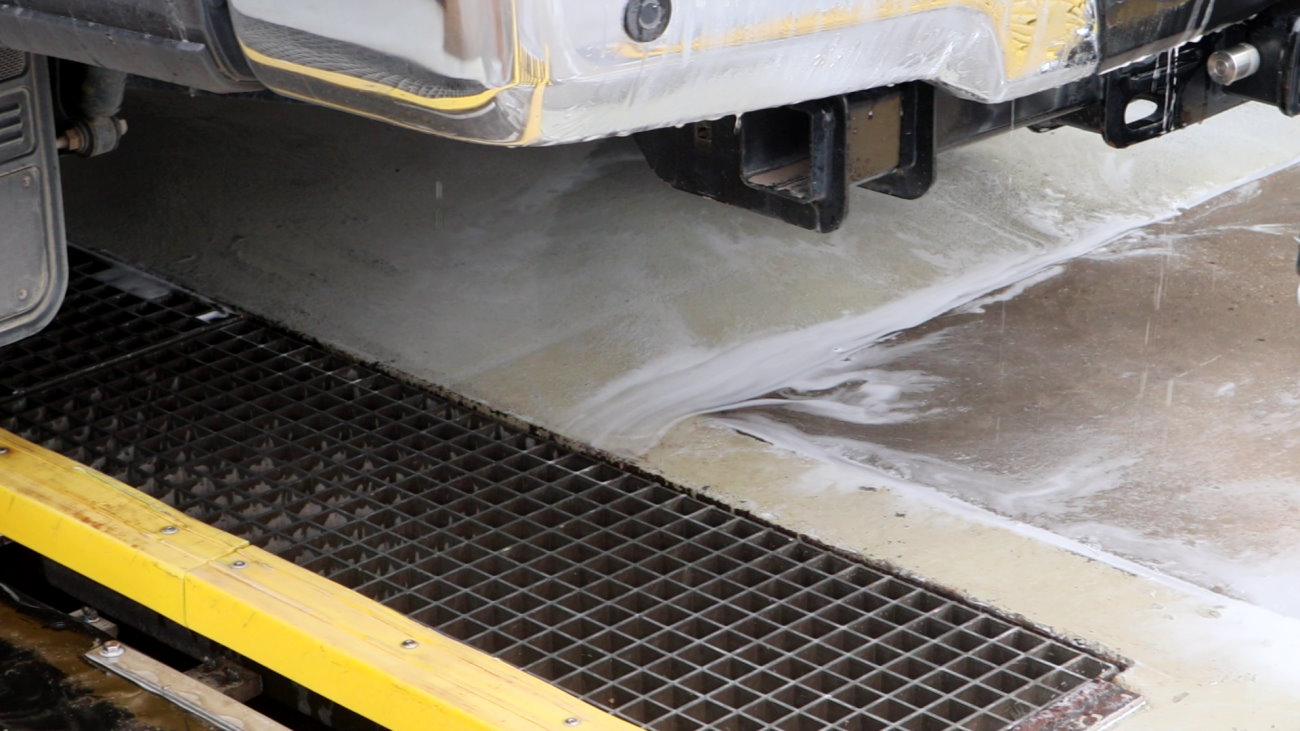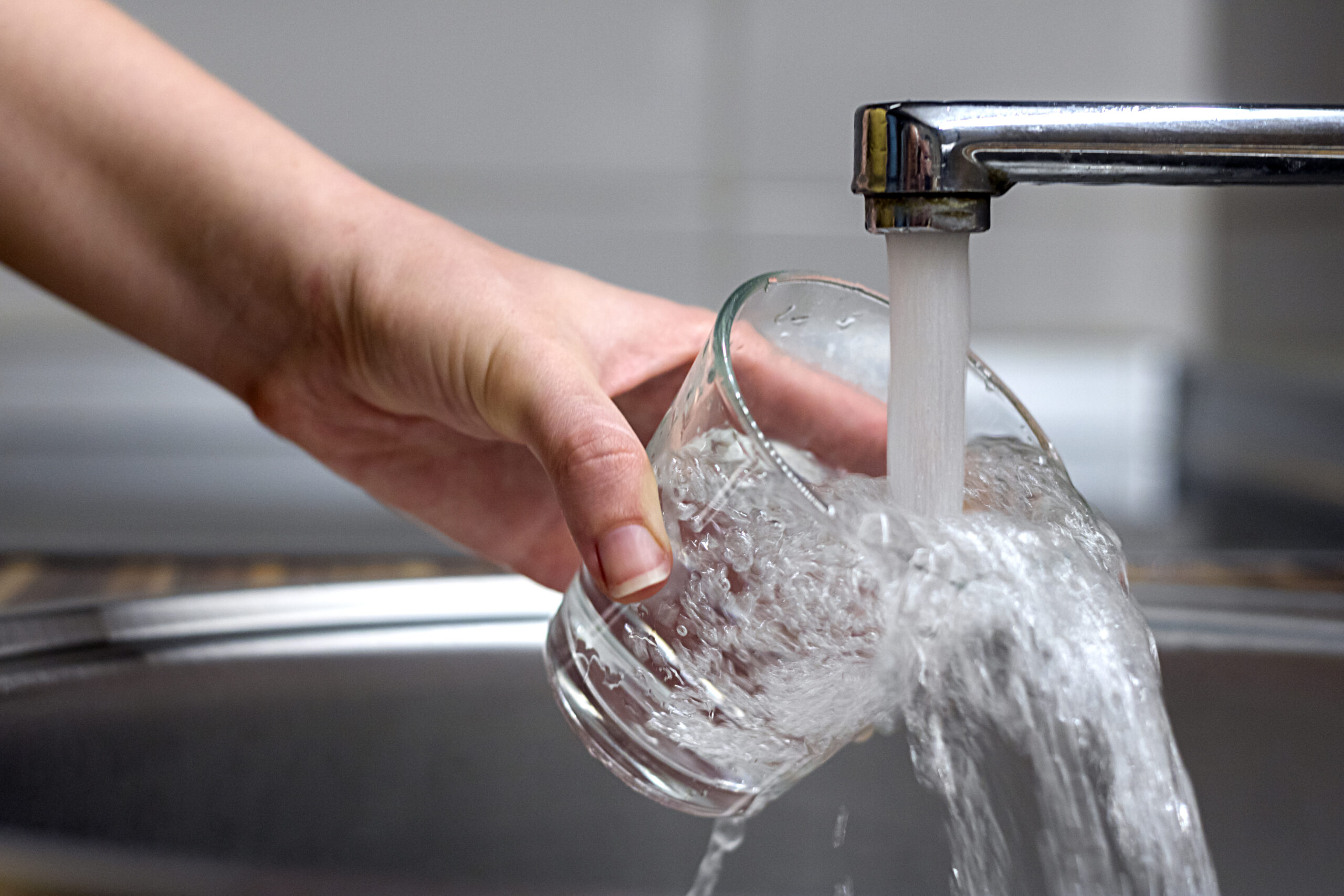ST. GEORGE — From car washing to showering to keeping the lawn green, it takes water – the same water that state and local officials have been appealing to the public to conserve due to the increasing severity of the continuing drought.

Recently, news of a groundbreaking for a new car wash in Cedar City sparked debate online over how much water such facilities actually use. Does it save more water to wash your car at home versus going to the car wash, or is it the other way around?
“Full-service car wash facilities are typically more efficient than washing your vehicle at home, especially if the facility has a water reclamation system that allows for reuse,” Karry Rathje, of the Washington County Water Conservancy District, told St. George News in an email.
Referring to studies from the Environmental Protection Agency, Rathje said homeowners use around 116 gallons of water when washing their cars. Most car washes will use 60% less water for the entire process than a homeowner does just rinsing the car.
Conner Atkin, one of the owners of Tagg-N-Go car wash in St. George, said a homeowner may even end up using 150 gallons of water if they leave the hose running for 15 minutes. Alternatively, going through a car wash may use around 20 gallons, he said.
Additionally, the car wash will likely have a water-reclamation system. At Tagg-N-Go, Atkin said they are able to reuse 70-80% of their water. This not only aids them and car washes in general in being more water efficient, but it is also more environmentally friendly.

“The nice thing about a car wash is we control where the water goes,” Atkin said. This has to do with federal regulations concerning the chemicals used in washing cars. Catching the water for reuse helps keep chemically-laced water from running into a nearby ditch.
Soapy water used at home to wash a car can end up running into the ditch and eventually the overall environment, Atkin said.
One of the ways car washes keep their water use down is by metering everything. This includes using nozzle tips on water wants and sprayers that only allow a certain amount of water through, Quinn Allgood, also an owner of Tagg-N-Go, said, adding the practice is common among commercial car washes.
Being able to turn off the water when not in use is a great way to save on water too, he said.
“Being in St. George, we have it as metered as low as recommended to save as much water as possible,” Atkin said. “Water is our bread and butter, and we want to make sure we conserve as much as possible because that’s our livelihood.”
There are a lot of misconceptions about car washes and water use in general, he said, and asked people with questions to do their own research.
Water-use misconceptions
Water-related misconceptions are nothing new to Rene Fleming, manager of energy and water customer service for the city of St. George. Some of those misconceptions range from when people believe they should water their lawns to what counts as accurate water-use data.

“Some of us water our lawns year round, thinking they will die in the winter without supplemental irrigation,” Fleming said in an email. “However, grass goes dormant in cooler winter months and will come back as temperatures warm up in the spring. So you really don’t need to water from (November) through late (February) or March in our area.”
Using gallons of water used per person per capita day (often abbreviated to GPPD) when comparing how much water different communities use is also on Fleming’s list due to the different ways this number can be calculated.
“Water use per person can be calculated in many different ways, each method will come up with a different amount of water used per person per day,” she said. “There are many different ways to come up with a GPPD amount.”
For example, some communities factor in all of their water use – residential, commercial and industrial – into their totals, while other communities may only factor in residential use, Fleming said.
According to the Washington County Water Conservancy District, there is, thus far, no universal standard for measuring GPPD in the United States.

The St. George area is cited as using up to 300 gallons of water a day versus the 90 gallons used by average Americans. Water district officials have long questioned just how accurate certain water-use data can be, particularly when comparison are made between St. George’s GPPD to other places like Las Vegas and Phoenix that measure their water use differently.
Another misconceptions Fleming has come across is the idea that older appliances can be more water efficient than newer ones, which is incorrect. She said she often urges residents to upgrade to more water-efficient toilets.
It’s also a good idea to use your dishwasher – particularly if its newer than 2015 – and do so with full loads as it uses around 5 gallons per load, Fleming said. Washing dishes by hand, depending on how you do it, can use more water than a fully-loaded dishwasher would otherwise.
Overall, however, Fleming said the concept of water efficiency itself is not universal.
“None of us use water in the same way so what may be seen as water waste for one person may be efficient for another,” Fleming said. “For instance, you see someone watering their lawn with a hose and assume they are really using much more water than if they ran an efficient sprinkler system. However, maybe that person is simply spot watering a dry spot rather than watering an entire lawn that doesn’t need it.”
From car washing to body washing

Among everything else, state and local water officials have asked residents to take shorter showers, at least by a minute if not more as a way to save on water.
According to Harvard University, a typical shower head uses 2.5 gallons of water a minute. The average American is estimated to take an 8-minute shower, which comes to 20 gallons used, or 7,300 annually if they shower daily. For those who like to take a full 10 minutes, that use jumps to 25 gallons, or 9,125 gallons annually.
If someone who showers the estimated 8-minute average drops a minute, that could save up to 912.5 gallons annually.
Taking baths, depending on the size of the bathtub, may use between 30 and 110 gallons per use. So far – and not surprisingly – taking baths hasn’t been added to a list of recommended ways to save on water.
“From my perspective, we can all find ways to be more water efficient,” Fleming said. “We simply have to pay attention to how we use water, look for ways to be more efficient and do our part by taking action.”
Copyright St. George News, SaintGeorgeUtah.com LLC, 2021, all rights reserved.